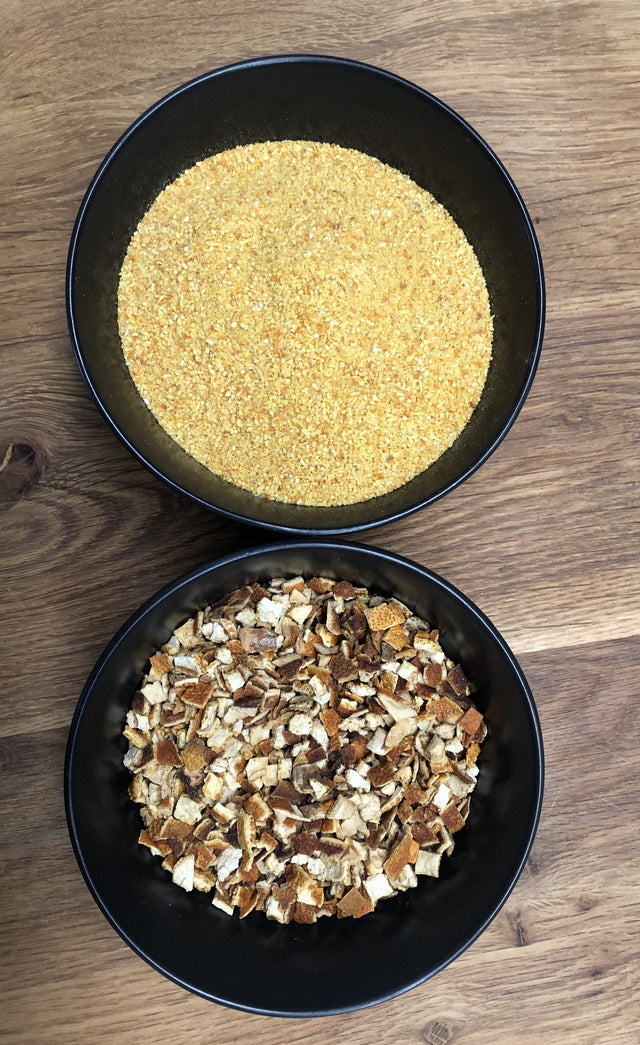
Herbs and spice (to make everything nice), that’s what the Hop+Grain is made of !
Our range is perfect for crafting your ideal gin, or adding that extra flavour to your special ale.

Herbs and spice (to make everything nice), that’s what the Hop+Grain is made of !
Our range is perfect for crafting your ideal gin, or adding that extra flavour to your special ale.

Juniper IS gin - gin is not gin without juniper! Harvested from the juniper tree, these berries are dark blue, almost black, resinous and aromatic. It’s dominant flavour is pine, and gives gin it’s “Christmas tree” aroma notes. While most commonly used in gin, they can also be used in ales and cooking. Juniper is key in a Finnish sahti beer, or try in other beer varieties to add interesting flavour. Try them in dishes made with game meats, chicken or pork, or even in sauerkraut. Product of Macedonia, packed in Australia.
$5.00
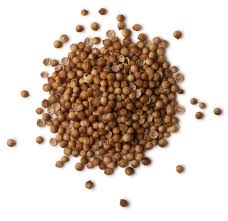
While known to most for culinary usage, coriander seeds are also widely used in beverages. It’s flavour can be complex, mostly spicy and citrusy, but crushing can bring out nutty notes. Certain styles of beer, including Belgian witbier, gose and saison are often enhanced by use of coriander seed. Coriander is also used in conjunction with juniper and other aromatics to give gin it’s distinctive flavour. Product of Australia
$4.50
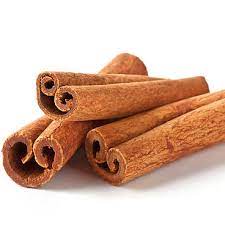
Fragrant sticks of cassia bark have that recognisable sweet, fragrant cinnamon aroma. Besides the usual culinary use in both sweet and savoury dishes, cinnamon sticks are great in chai or mulled wine. As a gin botanical, cinnamon complements sweeter notes in gin, adding a spicy, sometimes fiery tone.
$6.00
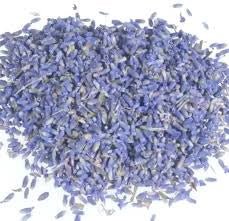
Beautiful and fragrant, lavender has a distinctive and well-known aroma. It’s well known for calming properties, remedying tension headaches, and relieving stress, anxiety and depression. It’s use in both beers and gin should be restrained, to avoid the lavender overwhelming and tasting like grandma’s soap. In kombucha, try a few buds with some blackberries (or blueberries) in secondary fermentation. In beer, try adding at approximately 15g/20L batch late in the boil or at flame-out in beers such as wheat, saison or honey ale. The usual range is 12-28g per 20L. As a gin botanical, lavender should be used sparingly to avoid pungent soapy tastes. Used in small amounts, it’s best added to the pot at last minute (not steeped prior to distilling), and can provide a rich aroma that bounces off other spicy botanicals. As a bath-tub gin, infuse 1.5 teaspoons of lavender flowers in a 750ml bottle of gin for about 24 hours (or to taste) - delicious in lemony cocktails.
$6.50
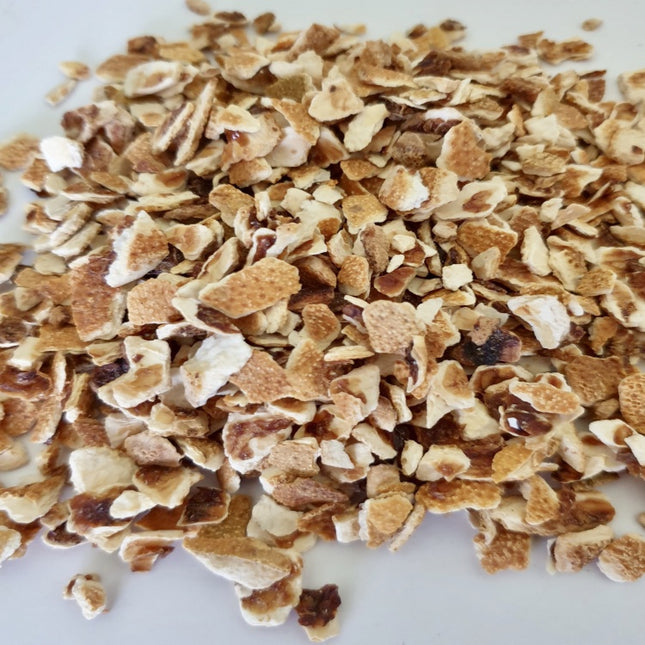
Sweet orange, like bitter orange, is commonly used in Belgian witbier. Sweet orange will give more intense orange flavours, versus the bitter orange which will taste more generically citrus. Add 5-15minutes before the end of the boil at about 14-28g per 20-23L batch, bitter orange gives citrusy flavour to beer. Product of Turkey, packed in Australia.
$8.50
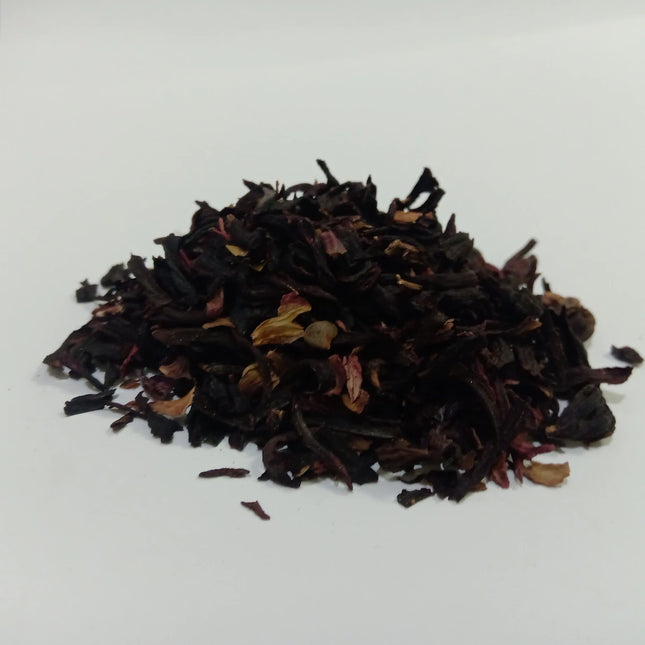
We absolutely love it in kombucha (with it’s own scoby and a little black tea added), and often add ginger and/or lime in secondary fermentation. Try in a beer, to give pink colour, and berry-like, fruity, floral flavours to lighter styles of beer. Added late in the boil, hibiscus gives more subtle berry flavours and bitterness, with darker and more vibrant colour. As a dry hop, the flavour and colour is softer, without bitterness, and more hibiscus scent. Of the floral additions to gin, this is one of the more popular ones, lending a berry/jammy flavour that’s more robust that most other floral ingredients. For a simple home-made hibiscus pink gin, combine 1.5 tablespoons of hibiscus flowers in 250ml of your favourite neutral or floral gin, then leave to steep overnight or to flavour. For a delicious pink hibiscus bathtub-style gin that can be made at home, try the following blend (found in bustle.com): 1 bottle vodka or neutral spirit 2 tablespoons juniper, lightly crushed 4-5 cardamom pod, lightly crushed 1 teaspoon coriander seeds, lightly crushed 2 strips of orange peel 10cm stalk of lemongrass (or a pinch of dried) 1/2 teaspoon pink peppercorns 4-5 dried hibiscus flowers Steep all together for 1-2 days, then strain and enjoy !
$5.50
Juniper IS gin - gin is not gin without juniper! Harvested from the juniper tree, these berries are dark blue, almost black, resinous and aromatic. It’s dominant flavour is pine, and gives gin it’s “Christmas tree” aroma notes. While most commonly used in gin, they can also be used in ales and cooking. Juniper is key in a Finnish sahti beer, or try in other beer varieties to add interesting flavour. Try them in dishes made with game meats, chicken or pork, or even in sauerkraut. Product of Macedonia, packed in Australia.
$9.50
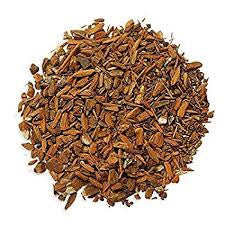
Cinchona bark has a number of medicinal uses, but the use that interests us most at the Hop+Grain is for making our own tonic water for gin. It's used in tonic water for it's distinctive bitter flavour (
$6.50

$5.00
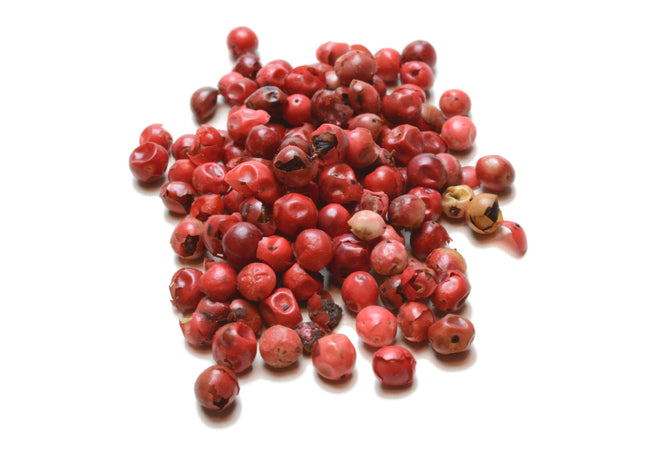
Pink peppercorns are not actually a pepper like green, white and black. Pink peppercorsn are dried berries of a shrub (schinus molle) commonly known as the Peruvian pepper tree. They have a lighter pepper flavour, blended with unique fruity and floarl taste.
$7.50
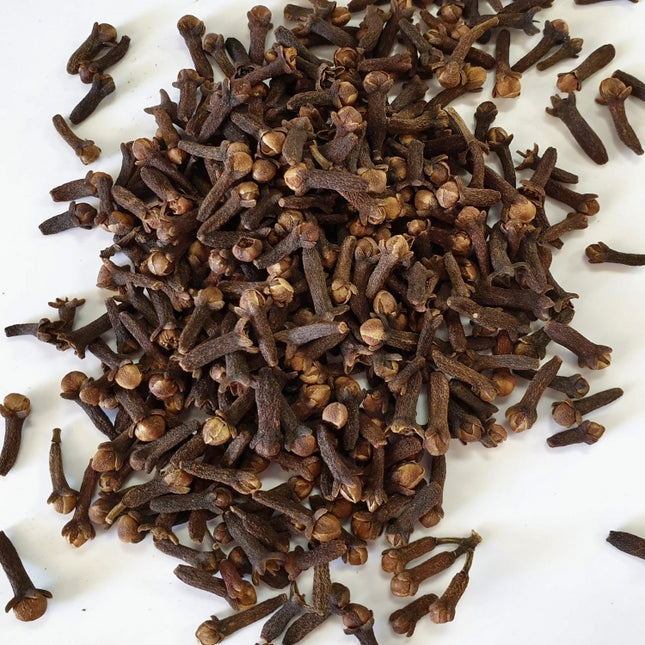
Cloves are used widely for cooking to add distinctive warm and bittersweet flavour to cuisines. This tasty spice has many health benefits. It has anti-inflammatory properties and can be used as a natural pain-reliever. In the past, it was used as a remedy for toothache. For us, it’s a key ingredient in chai or mulled wine - try chai-spiced kombucha !
$3.00
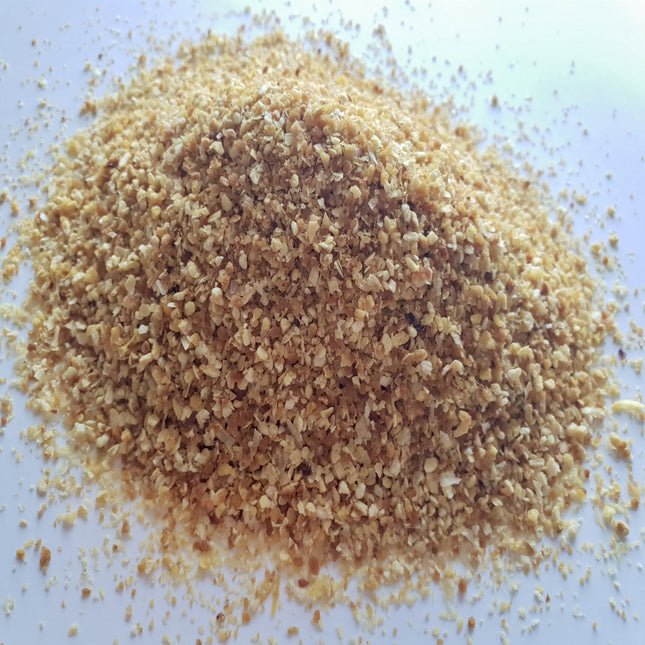
Dried lemon peel (citrus limon) pieces gives a zing to gin or beer - or anything ! In a wheat beer, lemon peel near the end of the boil will give a lovely citrus kick. Lemon peel is one of the most common botanicals in gin, giving crisp, fresh, tart citrus notes, to compliment juniper and other earthy spices in your distillation. Or try it in baking, or in a marinade for fish or olives.
$8.50
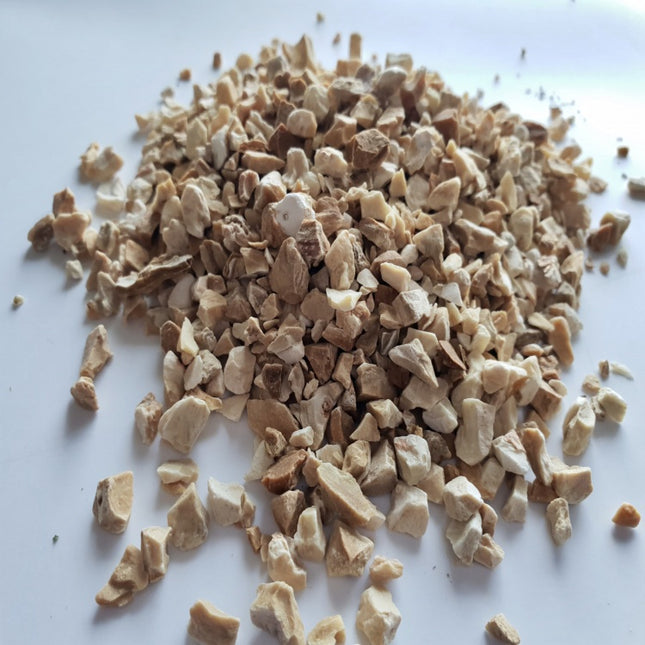
Traditionally used as a fixative in perfume making, orris root is an important botanical to include in gin. Orris adds depth and texture to a gin, binding and enhancing the other flavours. Orris gives clean floral and sweet violet notes, and adds earthy and woody flavours. Product of Morocco, packed in Australia.
$12.50

With a distinctive flavour, similar to anise or fennel, licorice also adds fresh, bitter-sweet and woody-earthy taste. It adds base and length to a gin, as well as a softness and roundness. Licorice gives gin a pronounced sweetness, but also give gin a more viscous texture if used in high quantities. Try it steeped in hot water for a delicious tea. Product of China, packed in Australia.
$8.50
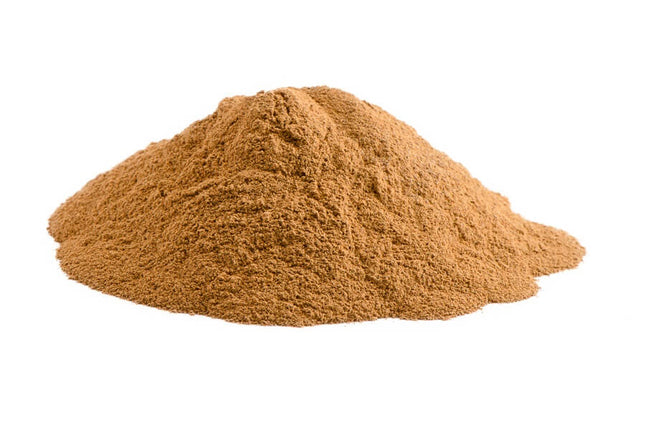
$5.00
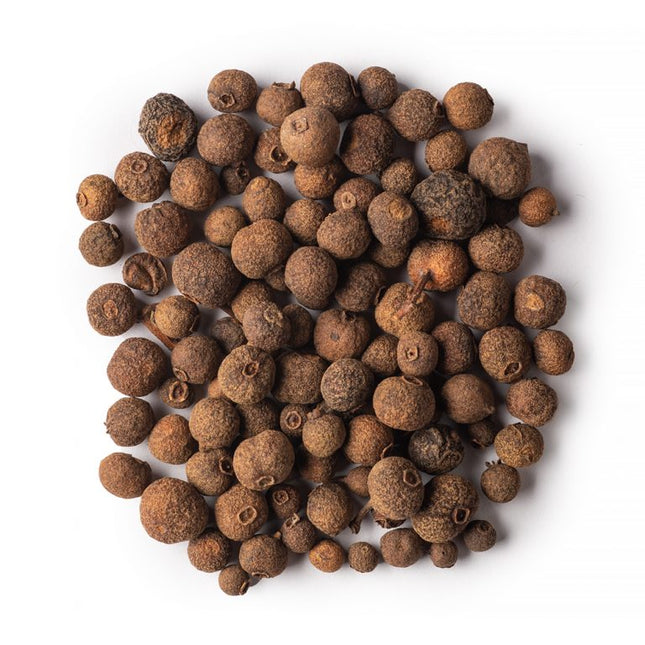
Allspice berries are names because they taste like a combination of cinnamon, nutmeg and cloves. Allspice is actually whole pimento, is the unripe, dried fruits of the Jamaica pimenta tree. They add an exotic flavour to chai tea and mulled wine. As a gin botanical, they should only be used sparingly.
$3.00
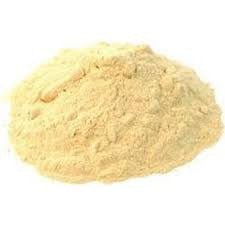
Certified Gluten-Free Certified Vegan
$17.00

Lime peel has a variety of uses in brewing and distilling. Ours is sourced from Sri Lanka, with a delightful fresh aroma. Use in small quantities in gin distilling, lime gives a distinct fresh citrus flavour. Try lime in small quantities in lighter styles of beers - late in the boil or infused in vodka to extract the flavour to add when fermentation is done. Delicious in a light lager, divine in a gose.
$8.50
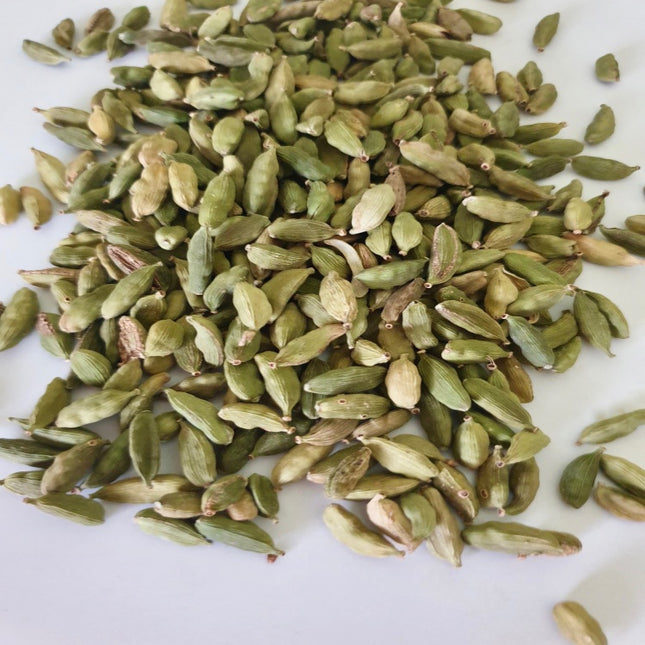
While green cardamom is best known for it’s use in Indian cuisine and chai tea, it’s a versatile spice for the adventurous brewer or distiller. It has a strong, resinous, slightly cooling flavour. It’s spicy character pairs well both with other aromatic spices, and with citrus. Cardamom provides gins with a distinctive sweet spicy flavour, that works well with juniper and coriander. It’s a spice found in many contemporary gins. Use at approximately 100th the weight of juniper. In brewing, it can provide floral, spicy notes similar to some English hops. Try adding up to 15g/20L crushed pods to the last few minutes of the boil. It’s also a delicious addition to secondary fermentation of kombucha - a squeeze of ruby grapefruit or orange juice and a couple of crushed cardamom pods make a divine kombucha !
$5.00

Chamomile flowers are best known for their use as a tea, to help promote sleep or help an upset stomach. It’s also a common gin botanical, and has uses in brewing ales too. In gin, it’s used in small quantities, at about 1/00th the weight of juniper. If distilled on it’s own, it comes across and cleaner and more aromatic than in tea, with warm and succulent floral tones, and an apparent sweetness. In infusion distilling through a botanical basket, chamomile flowers are hardy enough to withstand the heat for the full extraction time. The flavour doesn’t dissipate with time, and doesn’t dominate either, but complements and softens a gin. It’s one of the botanicals in Tanqueray No. 10. In brewing, chamomile lends itself to lighter beers - try a small amount in a blonde, wheat beer or a saison, to achieve orange-like floral notes. Chamomile goes well in non-hopped gruit style ales, whether made with barley or with regular sugar like this recipe for a 4.5L batch: Make a strong sweet tea of 500g sugar (this will give about 4% abv), about 50g chamomile, and a couple of litres of water. Leave to steep for 30 minutes to extract the full chamomile flavour. Add juice of a lemon or two, and maybe a tablespoon of molasses (if you like that darker colour and more licorice flavour). Allow to cool and add to a sanitised carboy, topping up with cold water. Ensure the temperature is about 20-22C before adding some champagne or wine yeast, and topping with a bung and airlock. Leave to ferment a couple of weeks before bottling.
$7.50

Commonly used in Asian cooking, Lemongrass’s fresh citrusy flavour is equally at home in brewing and distilling. The popularity of lemongrass in gin has been increasing over the past few years. It delivers a bright green citrus nose, zingy freshness and flavours of fresh cut grass. In beers, add late in the boil or in whirlpool or lower temperatures to maintain the freshness. Try in a sour beer (maybe with a little ginger or kaffir lime), in a saison, a wheat beer, or wherever your imagination takes you.
$5.00
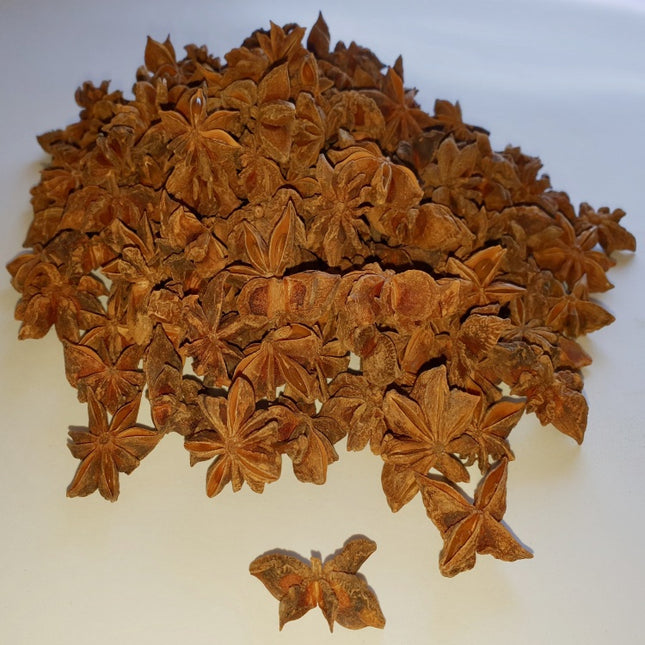
Star anise is a deliciously aromatic spice, giving a sweet, aniseed menthol kick in a multitude of uses. In cooking, it’s widely used in meat stews, pho and a key ingredient in five spice and garam masala spice blends. Get your creative juices flowing with mild addition in darker beers. Many liquors and liqueurs use star anise as a component (gins) or a key ingredient (Galliano, Jaegermeister, Sambuca). Star anise is perfect in mulled wine - gently heat a bottle of red wine with an orange (sliced into rounds), 6 cloves, 3 cinnamon sticks, 3 star anise and 1/4 cup honey or sugar - and maybe a splash of brandy for fortification. Simmer on very low heat for 10minutes, and serve warm.
$5.00
A Premium Ayurvedic herbs from Fern & Lily.
$13.00
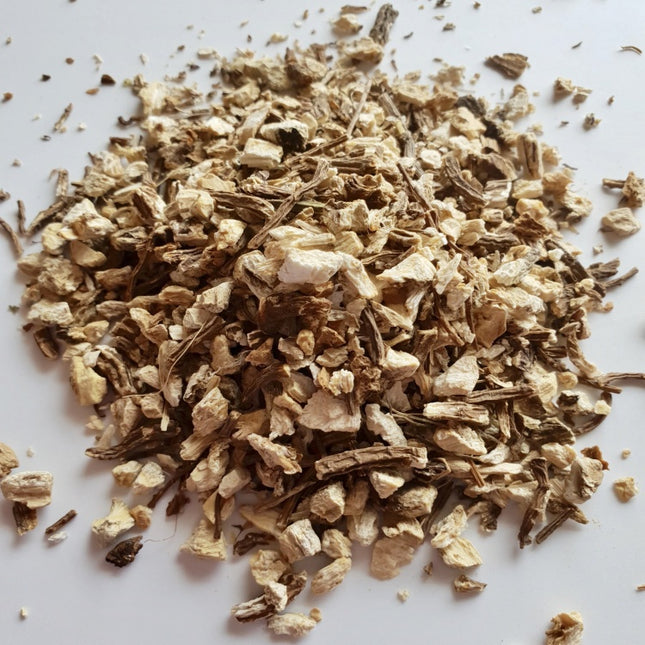
One of the most important botanicals in gin, Angelica root has an earthy, wonder and herbaceous flavour. It is often considered to be a base or flavour-binding agent in gin, holding the volatile flavours of other botanicals, helping them marry together to give length and substance to gin. Product of Poland, packed in Australia.
$12.50

The sage plant is a member of the mint family. When used in cooking or alcohol production it provides a herbal and minty flavour and aroma.
$4.50
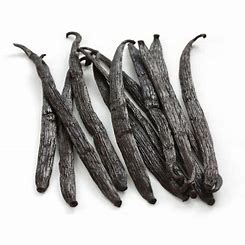
$5.00

Black peppercorns are the most common spice used to add a spicy flavour to dishes and enhance food taste. Can also be used in alchol production providing a peppery and spicey flavour and aroma.
$3.00
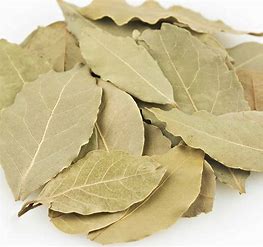
When cooked in dishes or used in alcohol production, it can impart a savoury herb flavour with notes of mint. Similiar to oregno and thyme.
$2.00
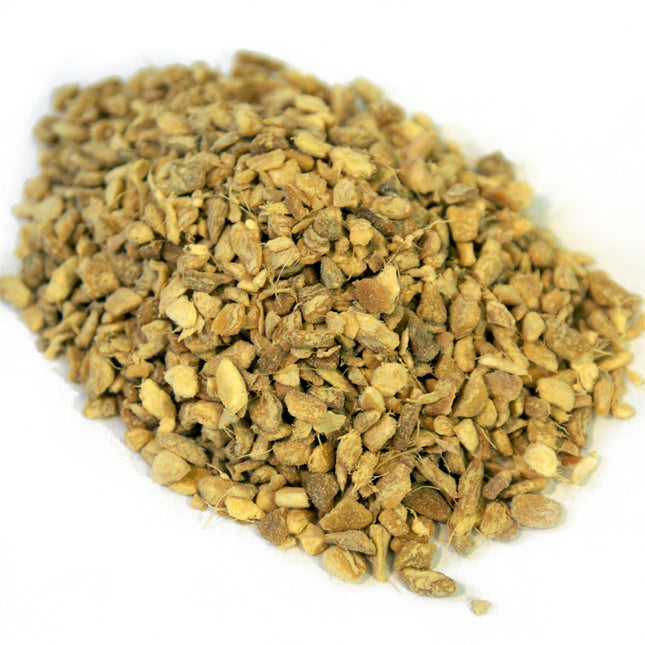
$5.00
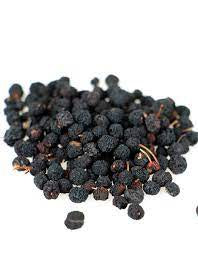
$4.50
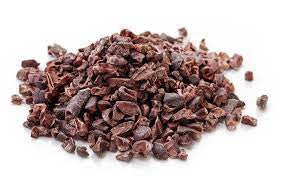
$7.00
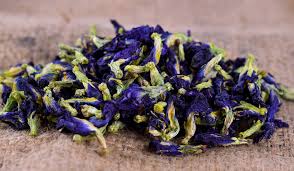
Blue Butterfly Pea Flowers can be used as a herbal tea, creating a vivid blue tea that's high in antioxidants. But we like to use it in gin (or other spirits) to create colour-changing gin - a gin that's blue, until you add tonic or lemon juice to make it turn pink ! Clean and dry the container being used to infuse your blue gin (or vodka). Add 10 flowers per 250ml of your flavourite gin. Put the lid on, give it a shake, and leave to steep overnight - or longer, to achieve your desired colour, then strain the flowers out and decant into your bottle. If the colour is a little more purple than blue, use the tiniest touch of sodium bicarbonate to adjust the pH to make the gin or vodka a little less acidic. Use no more than 1/8tsp per 250ml. When ready to serve, pour over the (slightly acidic) tonic water, and watch the gin and tonic turn pinky-purple !
$6.00
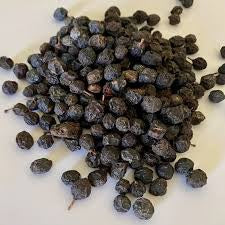
While sloe berries have a wide range of medicinal uses, at the Hop+Grain we use the for delicious sloe gin - a delicious crimson-red sweet liqueur made by steeping sloe berries in gin and sugar. Try our recipe: You'll need: 100-150g sloe berries 50-80g caster sugar (depending desired sweetness) 70ml water 250ml gin a jar or bottle to hold everything while steeping 1. sterilise jar and equipment 2. rehydrate the sloes by soaking in warm water for a few hours - just enough water to cover, about 70ml to cover 100-150g berries 3. prick the skins of the berries with a needle during rehydration, to allow the flavour out. 4. put the sloes with the rehydration water into the bottle with the sugar, then the gin before sealing the jar/bottle. 5. shake the jar every other day during the first week, then a little shake once a week. 6. try your best to wait for 8-12 weeks for all the sloe falvour to infuse into the gin. PS. any white discolouration seen on some dried sloe berries are narually occurring sugars that precipitate on the surface during the dehydration process.
$12.00
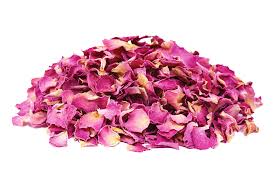
Our organic rose petals are sweet and aromatic, with a wide variety of uses. Try in a beer, of course, at flameout for colour or dry hopping for flavour. Or in mead. Homemade rosewater. Or a cup of rose tea with scones and rose petal jam.
$5.00
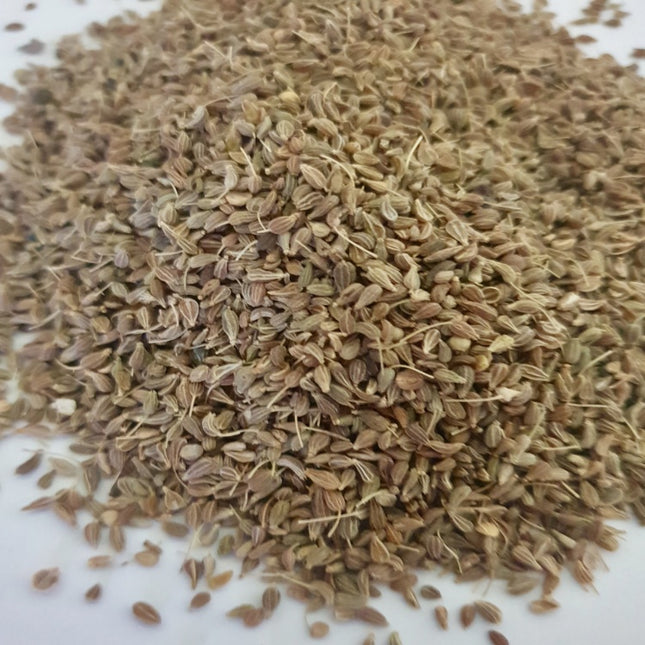
Aniseed is an aromatic herb, known for it’s flavour and medicinal properties. It has a sweet licorice flavour, that lends itself to both sweet and savoury use.\n It’s the key flavour in spirits and liqueurs such as Ouzo, Arak, Raki, Mastika and Sambuca. Or try it in your fermented vegetables, in bread, or in small amounts to flavour gin. Here’s a recipe for Pastis Aniseed Liqueur that you can make at home: In a mortar and pestle, break up: - 1/2 tsp aniseed - 10 star anise (https://www.thehopandgrain.com.au/product/staranise/) - 1 tbl licorice root (https://www.thehopandgrain.com.au/product/licoriceroot-50gm/) - 1/2 tsp fennel seeds - 1/4 tsp coriander seeds (https://www.thehopandgrain.com.au/product/corianderseeds-50gm/) Add them to a jar with 1 1/2 cups vodka. Seal and store away from direct sunlight, giving an occasional shake over the course of 5 days. Make a sugar syrup by combining 1/3 cup sugar with 1/2 cup water in a small saucepan, heating with gentle stirring until the sugar is dissolved, then gently simmer a few minutes. While the sugar syrup is cooling, strain the spices from the vodka with a coffee filter or multiple layers of cheesecloth (repeat until sediment-free). Combine the vodka infusion with the cool sugar syrup. Store a few days before enjoying (Recipe source = seriouseats.com) Note that aniseed is different in flavour and use to star anise.
$8.50
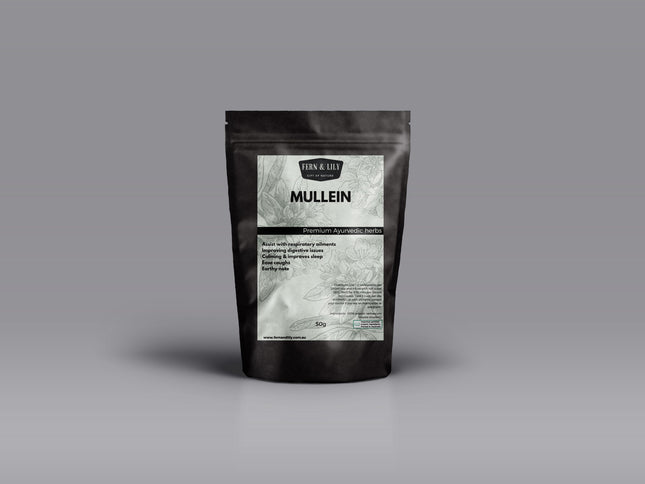
A Premium Ayurvedic herbs from Fern & Lily.
$13.00
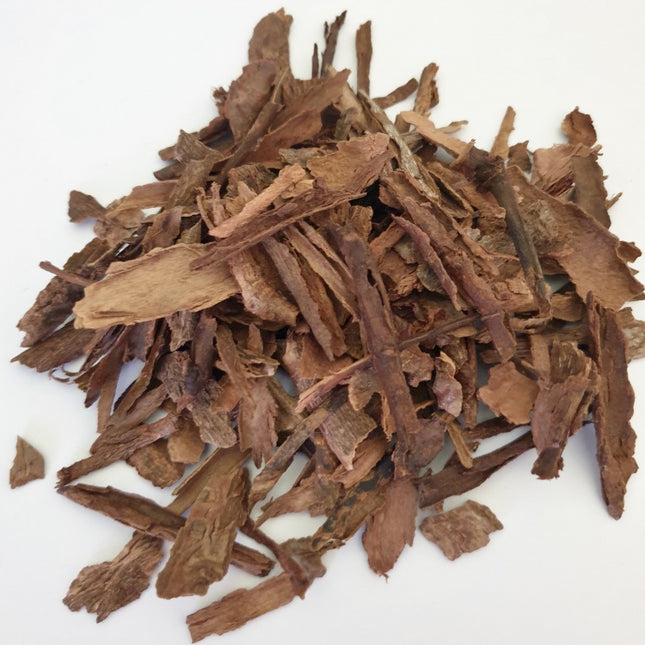
Cinnamon complements sweeter notes in gin, adding a spicy, sometimes fiery tone. Product of Sri Lanka, packed in Australia
$5.00
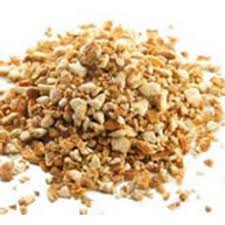
Bitter orange is used in many different beer styles. Wheat beer or Witbier, especially Belgian style, the most common style. Add 5-15minutes before the end of the boil at about 14-28g per 20-23L batch, bitter orange gives citrusy flavour to beer. Product of Spain, packed in Australia.
$8.50